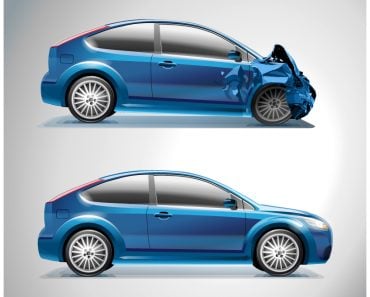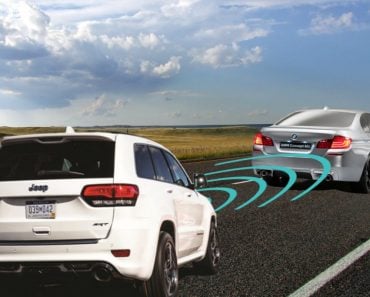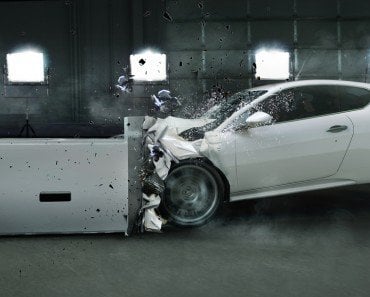Table of Contents (click to expand)
Currently, it is difficult to say whether autonomous cars are really safer than human-driven cars. This is because there is a lack of data to rigorously evaluate whether automation is actually better than humans at not crashing. Additionally, most comparisons between human drivers and automated self-driving vehicles have been at best uneven, and at worst, unjust.
Four-wheeled vehicles, especially cars, tend to crash a lot—thousands of Americans are killed every year in road accidents involving cars. Well, if automobile experts are to be believed, driverless autonomous cars will help in mitigating car crashes and will save more lives. However, does that mean we’re ready to relinquish our duty of driving to the machines? Are autonomous cars really safer than human drivers? Let’s find out.
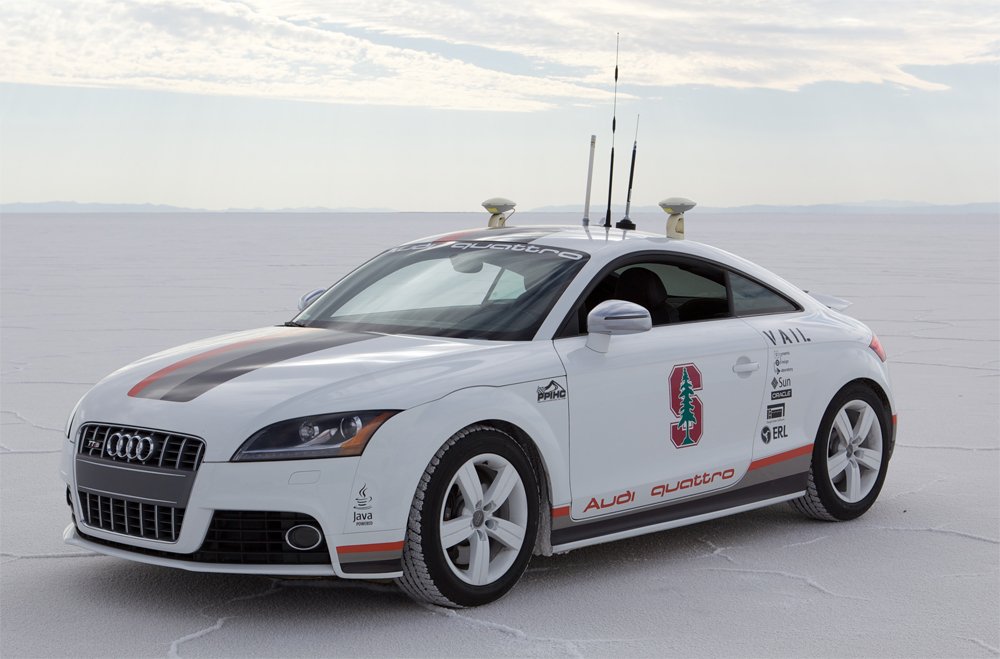
According to the US Department of Transportation, nearly 94% of fatal crashes are due to human error. That’s why major automobile companies are pushing toward self-driving cars. They regard autonomous cars with the hope that they will save lives by being involved in far fewer accidents—resulting in fewer injuries and deaths than those for which human-driven cars are infamous.
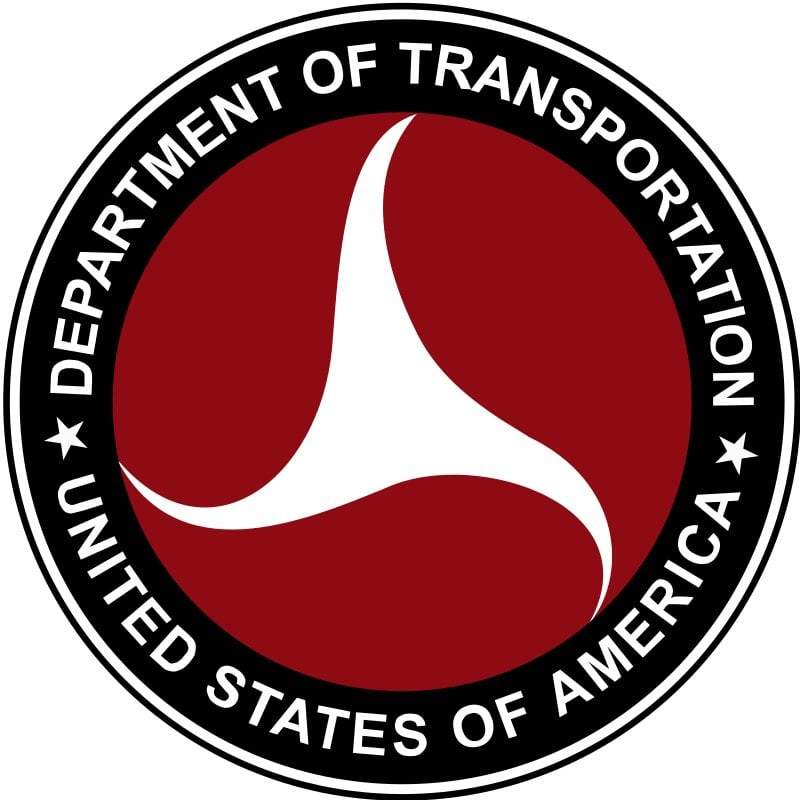
That being said, most comparisons between human drivers and automated self-driving vehicles have been at best uneven, and at worst, unjust.
Recommended Video for you:
Difficulty In Estimating A ‘Non-event’
Just by reading that 94% of accident cases involve human error, one might be tempted to immediately surmise that automated cars are safer. However, from one statistic alone, it cannot be concluded that autonomous cars exceed the safety measures that one can expect from an alert human driver. The much bigger challenge to overcome, if we want to completely rule in favor of autonomous vehicles, is the dearth of information to rigorously evaluate whether automation is actually better than humans at not crashing.
Crash Rate
Alongside the ‘crash rates’ that autonomous vehicle makers routinely use to determine safety at the time of testing their autonomous vehicle, it is equally important to know how many non-collisions happen.
Non-crash Rate
However, evaluating non-collisions, i.e., the rate at which things do not happen for an autonomous vehicle, is extremely tough. For example, predicting how many times you won’t bump into someone in a room today relates to how many people are present in the room and how long you are walking inside the room. Moreover, we as humans tend to forget non-events very quickly—despite witnessing them happening. To more practically conclude whether automated vehicles are safer than humans, researchers will need to establish a non-collision rate for both autonomous vehicles and human drivers.
Incongruous Driving Data – Comparing Apples With Oranges
Crash and accident data for human-driven cars are collated from different driving situations, and on all sorts of roads. This includes people driving in the middle of heavy downpours, on dirt roads in windy weather or trying to maneuver vehicles up steep slopes in the snow.
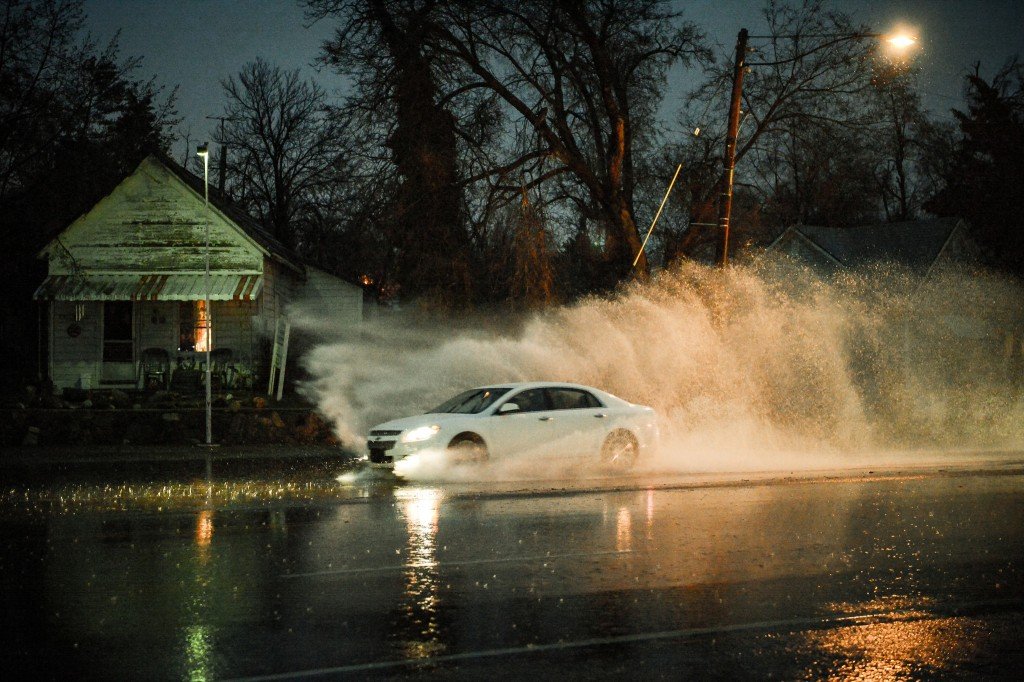
In contrast, most of the data on automated cars’ safety comes from propitious western states of the US—which are often blessed with good weather. Moreover, a major chunk of this data has been recorded on unidirectional, multi-lane highways, which is arguably bereft of many driving challenges. All that an automated vehicle needs to do is stay in its own lane and not get too close to the cars ahead. Automated cars are predictably good at those kinds of tasks, but of course, humans are also good under those favorable driving conditions.
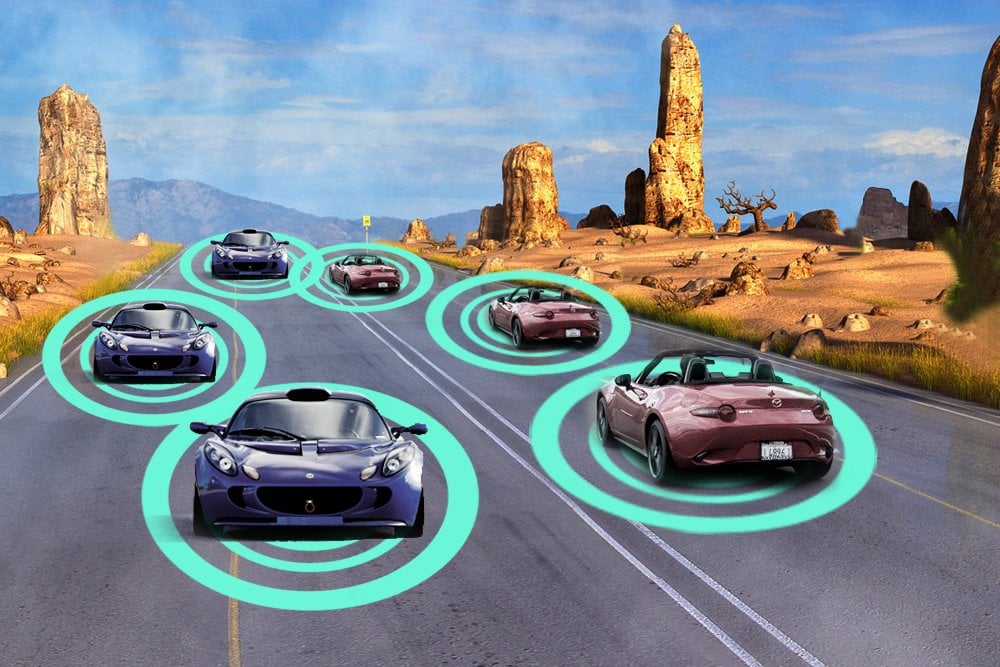
As states and regulators allow more automated vehicles to operate openly, the data on these automated systems is likely to expand—covering more roads and a broad heterogeneity of driving conditions. However, for a just one-on-one comparison, there is still a long way to go until self-driving cars cover as much distance in a year as human drivers presently do.
Cons Of Automated Vehicles
Lacking Human Acumen
It is indisputable that self-driving automated cars don’t get bored, tired, angry, agitated or drunk, which prevents emotions from hampering the car’s driving ability. Even so, presently, they cannot optimally react to uncertain and ambiguous situations with the same anticipation or skill of an attentive human driver, which may suggest that the two still need to work together. Also, automated cars do not possess the foresight to avoid potential peril; they largely drive from moment to moment, rather than envisaging possible events/scenarios likely to happen on the journey ahead.
Lacking Empathy
Deciding what to do in an emergency is difficult for humans, but in many accidents in the past, drivers have unselfishly sacrificed themselves for the greater good of others. An automated system, however, arguably has a limited understanding of the world, meaning that it will not be sensitive enough in those tough situations to take a more altruistic path and save more lives at the cost of the vehicle itself. Moreover, programming a machine to handle each and every imaginable set of scenarios is impractical.
So, to conclude, I would say that the comparison between automated cars and human drivers must be performed scrupulously. This is particularly true because human-operated vehicles are likely to ferry people around for many years and even decades to come. To fairly evaluate automated vehicles on their safety, it’s essential to ensure that the data used should generate a true comparison. Choosing to replace humans with machines has more after effects than a simple swap. It’s important to make those decisions mindfully, considering our safety as individuals, and as a society at large!


